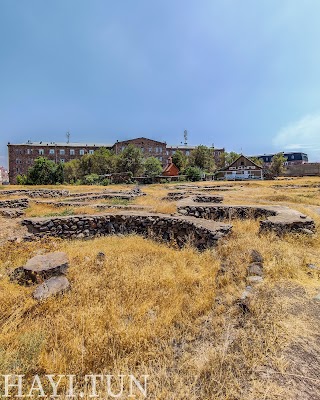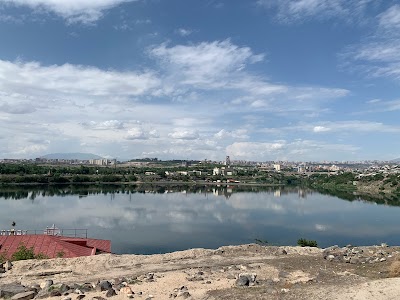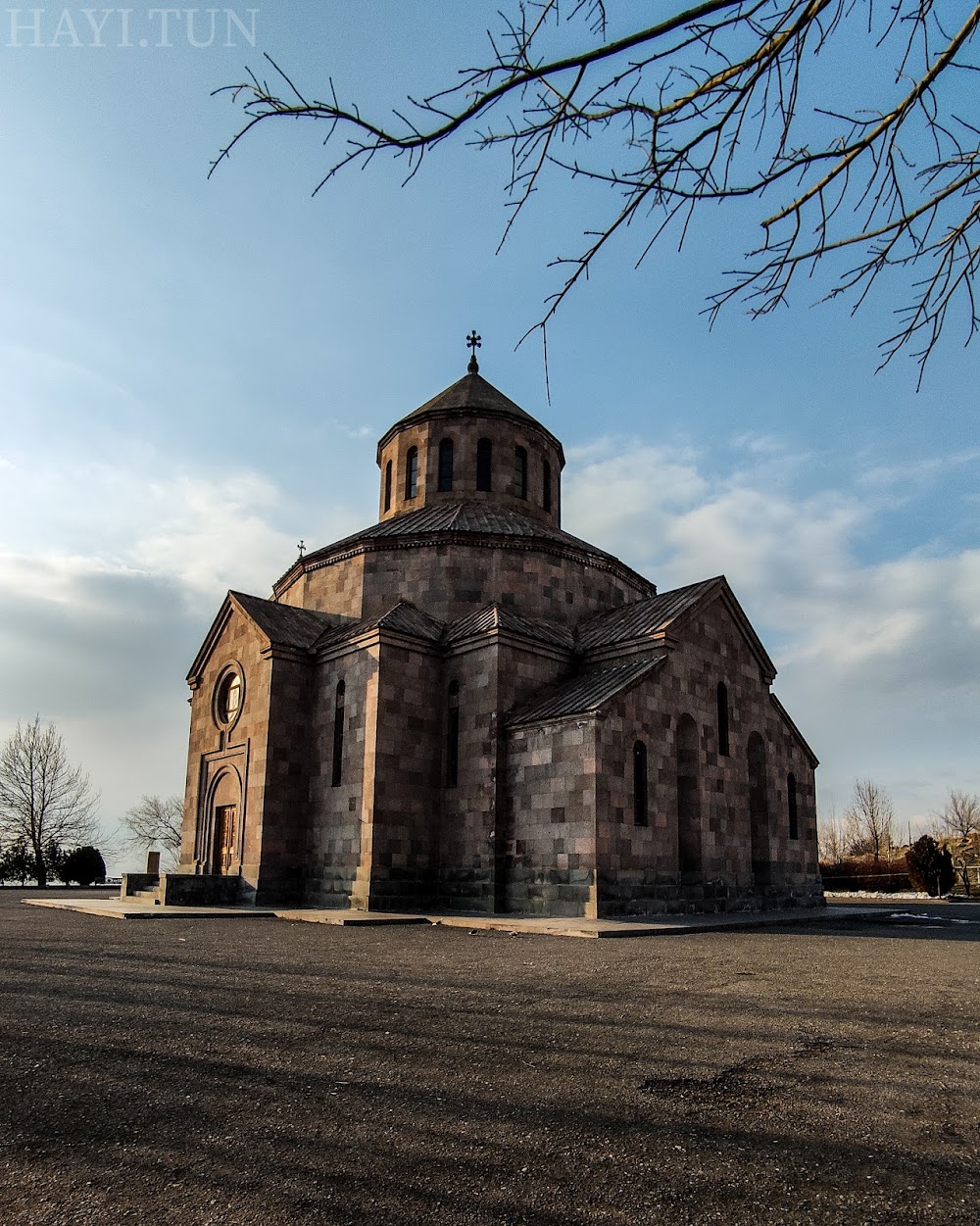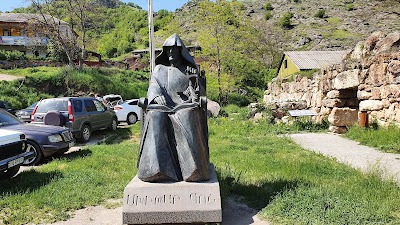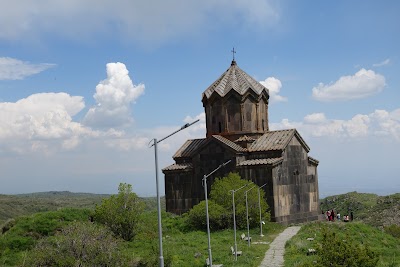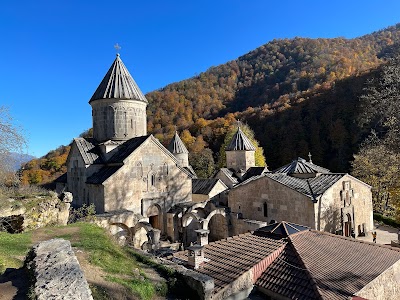Shengavit Archaeological Site (Շենգավիթ)
Overview
Located in the heart of the Armavir Region of Armenia, the Shengavit Archaeological Site offers a captivating glimpse into the prehistoric past of the area. Spanning approximately six hectares, this ancient settlement dates back to the early Bronze Age, around 3200 to 2500 BCE. Stepping onto this historic site transports you thousands of years into a vibrant civilization that thrived long before the Common Era.
Excavated for the first time in the 1930s, Shengavit has since revealed a treasure trove of artifacts and insights about its early inhabitants. The findings indicate that it was a bustling settlement characterized by sophisticated urban planning for its time. Visitors can explore the well-preserved remnants of circular and semi-circular mud-brick dwellings, arranged around a central courtyard that likely served as a communal space. This layout highlights the community-focused lifestyle of Shengavit’s residents.
The importance of Shengavit goes beyond its architectural wonders. It is believed to have served as a central hub for trade, particularly with regions such as Mesopotamia and the Indus Valley Civilization. This is evidenced by the discovery of various exotic materials and goods, suggesting a robust exchange network. Archaeologists have also uncovered tools, pottery, and ceremonial artifacts, each piece contributing to the rich narrative of daily life and cultural practices within the settlement.
One of the most fascinating aspects of the Shengavit Archaeological Site is its advanced metallurgy. The inhabitants were among the early adopters of bronze, crafting tools and ornaments that were both functional and artistically significant. This early utilization of metallurgy not only underscores the technological ingenuity of these ancient people but also highlights their vital contributions to the development of human civilization.
Moreover, the site has revealed burial grounds that offer intriguing insights into the spiritual and cultural practices of the Shengavit people. Excavated graves contained not only human remains but also various offerings, such as pottery and weapons, suggesting a belief in an afterlife where such items would be essential. These burials provide a poignant glimpse into the values and beliefs of a civilization that flourished millennia ago.
Another remarkable facet of the Shengavit Archaeological Site is its ongoing role in academic research. Scholars from diverse fields, including archaeology, anthropology, and history, continuously study the site, making new discoveries that enrich our understanding of the Bronze Age in this region. This makes Shengavit not only a site of historical significance but also a living laboratory where the past continually informs the present.
For tourists, a visit to Shengavit offers a unique educational experience. The site is relatively well-preserved and features informative displays and guided tours that bring its ancient history to life. As you walk among the ruins, you can almost envision the vibrant community that once thrived here—engaging in trade, crafting tools and pottery, and participating in communal and spiritual activities.
In addition to its historical and archaeological significance, the landscape surrounding Shengavit is equally captivating. Situated near the modern city of Yerevan, the site provides picturesque views and a serene atmosphere, perfect for those who appreciate the harmony of natural beauty and historical exploration. The striking contrast of ancient ruins set against a contemporary urban backdrop serves as a testament to Armenia's long, layered history.
In summary, the Shengavit Archaeological Site stands as a remarkable testament to early human civilization and their innovations. From sophisticated urban design and advanced metallurgy to extensive trade connections and rich spiritual practices, Shengavit weaves a rich tapestry of historical narratives. For foreign tourists, visiting Shengavit is not just an exploration of ancient ruins but an immersive journey into a bygone era that shaped the course of human history in this region. It is a must-visit destination for anyone interested in archaeology, history, or the rich cultural heritage of Armenia.


